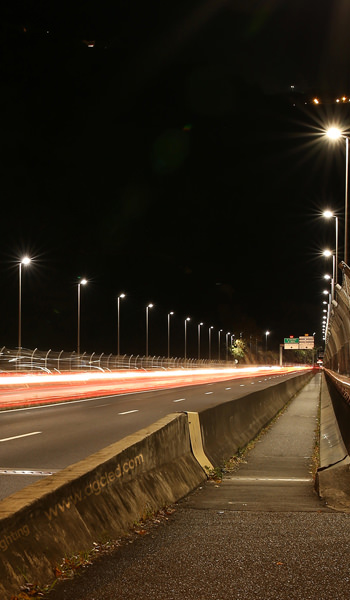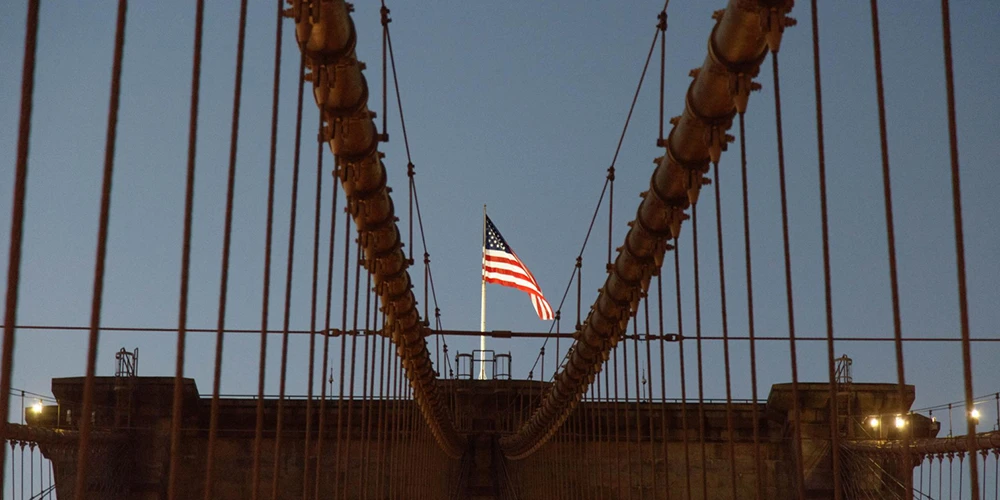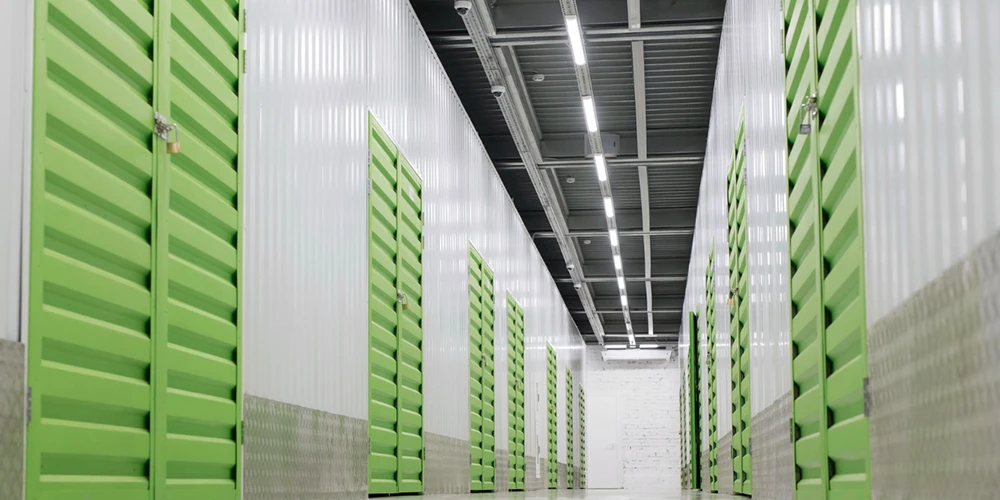Why do my LED lights not work after a short time installation or even a long time usage? Have you ever been asked the same questions?
Most LED lights fail because of LED chips, whether LED high bays lights for indoor applications or LED sports lights for outdoor applications. Some cases with multiple volumes fail at the same time, and some cases with several pieces fail one by one. They normally get LED chips to fail with the EOS phenomenon, which means Electrical Over Stress. Over-voltage or current to LED chips or other components and generate overheat to break them down. It’s a very common phenomenon in electricity circuits and is known as an electrical surge.
An electrical surge is a sudden spike in the electricity net; it happens in a second but can end the life of LED lights directly, even though they may have a 50,000-hour lifespan. It is usually ignored by people because it is invisible and silent.
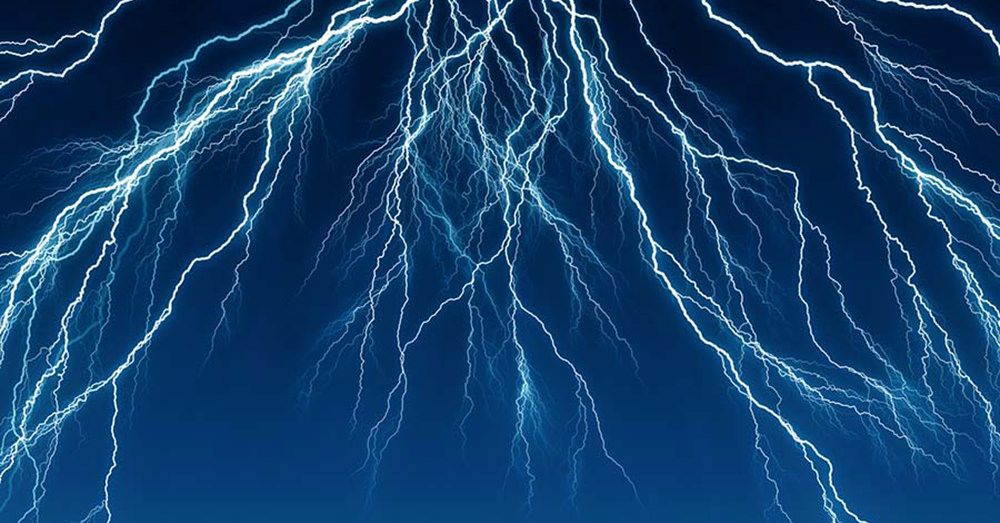
What causes an electricity surge?
- Dirty power: caused by electromagnetic interference
- Switch on/off for high power appliances, such as machines in factories.
- Overloaded power for multiple LED lights.
- Bad wiring, such as LED lights, are not grounded well.
- Lightning can kill electronic devices like cell phones or LED street lights or sports lights.
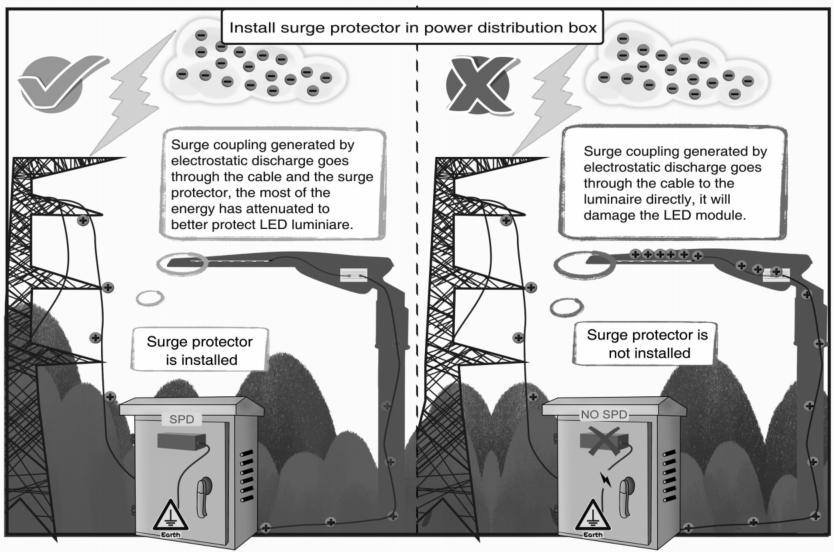
How can LED lights be protected from being broken by electrical surges?
Choose qualified LED lights.
The EMC approved LED lights can reduce influence from dirty power.
Choose professional electricians.
They can test dirty power and know how to protect your LED lights from surges.
Do not overload your circuits.
Don’t install too many volume LED lights on the same circuits. Even though you may mount circuit breakers, which can help cut the power when overloaded, the sudden spike that trips the breaker may already damage your LED lights.
Use surge protectors.
There are surge risks in every circuit. So, installing surge protectors in all the electronic circuits of LED lights is necessary, such as driver, LED chips, and also gearbox.
For most LED lights on the market, there is built-in surge protection in the driver, so choose the one that is as high as possible. Some LED light manufacturers also mount individual surge protectors before the LED driver to offer double protection, especially for outdoor lighting that needs mounting in high poles, such as LED sports lights or street lights.
Besides, experienced electricians also mount surge protectors in the gearbox before cabling to LED lights. Basically, the nearer mount the surge protector to LED lights, the better it protects LED lights, as lightning and its caused electromagnetic field induction may happen anywhere and generate an electrical surge.
Replace surge protectors regularly.
Surge protectors have a limited lifespan. A strong surge may end up the life of the protectors that you are clear it’s ready to replace, in this situation, multiples LED lights may fail at a time after a strong surge.
However, a lot of small surges will wear down surge protectors, and they may not protect your LED parking lot lights or LED wall pack lights when you need it, so you may see that several pieces fail one after one. It’s essential to replace surge protectors regularly, it is normally suggested to replace them every 2 years.
Remember, even though some LED lights are offered 5 5-year warranty, you won’t take advantage of the long life if you don’t protect your LED lights from electricity surges.

